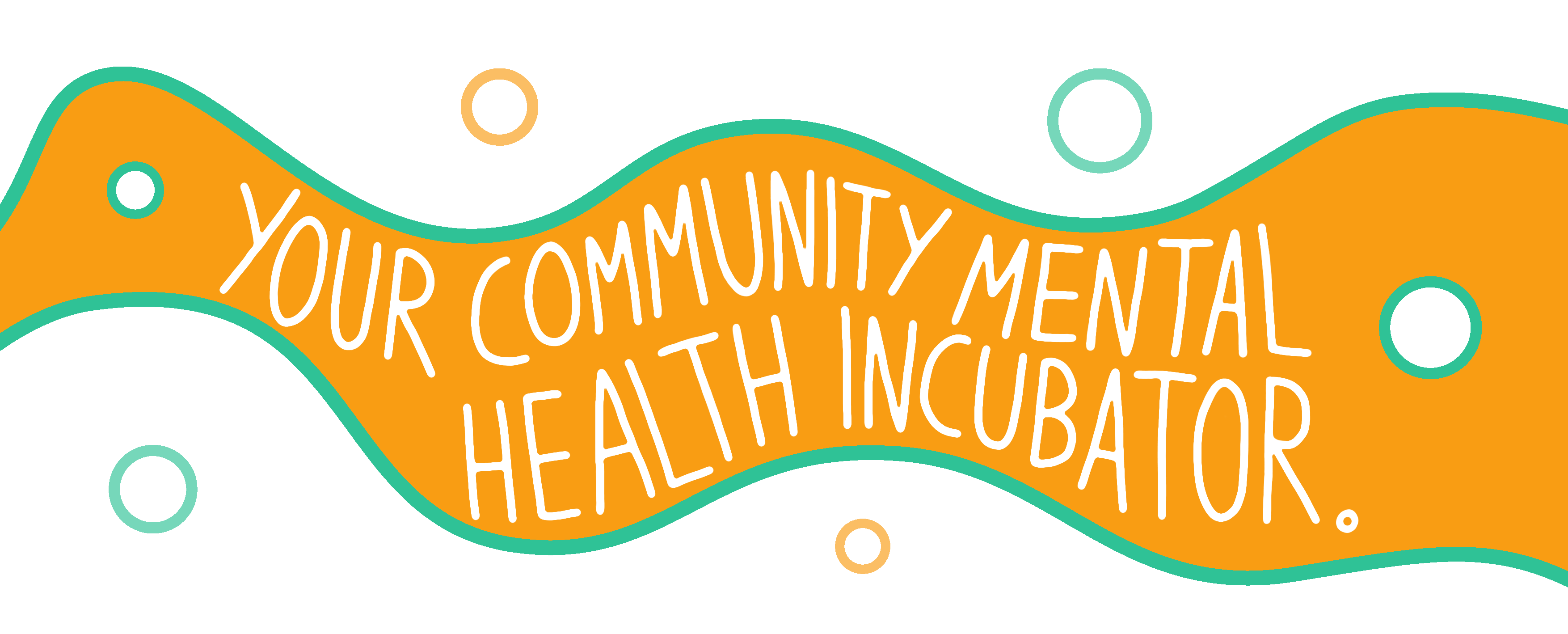

PURPOSE
We promote spaces of empowerment towards mentally healthier communities.
VISION
We aim to improve holistic community mental health care.
MISSION
We empower multilevel stakeholders such as policymakers, social start-ups, or non-profit organizations to develop and execute mental health-promoting activities for prevention, early detection, treatment, and rehabilitation of mental health conditions.
GUIDING PRINCIPLES
Interdisciplinary Trans- and Cross-Cultural Learning
We believe in the power of an open exchange about mental health.
Listening to each other and being curious enables new perspectives and incubates new ideas. We take a trans-cultural perspective by aiming to identify the shared characteristics of good community mental health in different cultures. Because of our shared human nature, there are many of them.
However, there is still a strong deficiency-oriented perspective when looking at the situation in so-called developing countries.
We believe, in line with the Lancet Commision on global mental health and sustainable development, that all countries can be thought of as developing countries in the context of mental health and recognize the need for tailored, culturally adapted approaches. We understand this challenge as a huge learning opportunity and an impetus to study and describe what works in different cultures. Each community brings its own history of community health care and constitutes an experimental field side that offers insights we can cross-culturally adapt to the settings we work in. There might be a higher number of psychiatrists per capita in Germany at the same time countries like Germany can learn a lot from countries like Kenya where structures that facilitate a community-based approaches to mental health care are better developed.


Inspiration
Everything builds on a deep empathy for the people we work with and on the awareness of their environment. We collaboratively inspire each other with our insights and develop a shared understanding of the community’s needs. We also identify existing resources and challenges that become the foundation for a clear problem definition and our “How might we…” – question that will guide us until it might become revised in the process.
Ideation
We open our minds and brainstorm to come up with new ideas. Afterward, the ideas are synthesized and categorized based on different qualities, such as disruptive potential or feasibility, depending on the project’s specific needs. The most promising ones will be prototyped and iterated until a high-potential prototype is implemented.
Implementation
Time for execution and evaluation.
If the evaluation succeeds, the project is ready to be scaled up, based on the developed execution strategy and materials.

Participatory, need-based development and implementation
We apply tools and techniques derived from Design Thinking, System Thinking, and Focus Group Discussions during the entire process.
In our process, we complement these methods with mental health-specific knowledge inputs and discussion formats, such as Brain Awareness Sessions, that empower stakeholders to unfold their full potential during the innovation journey. Our approach enables interdisciplinary and cross-cultural collaboration to foster effective, science-based innovations tailored to specific communities’ needs and circumstances.
We are aware of the fact that nothing exists independently.
That is why we do not stop at the intrapersonal level but address the interpersonal and institutional challenges community members face. Based on that, we develop a differentiated understanding of culturally relevant biopsychosocial and environmental factors contributing to the community’s mental health status quo. This process combines top-down and data-driven bottom-up approaches to execute community-based social innovation.


